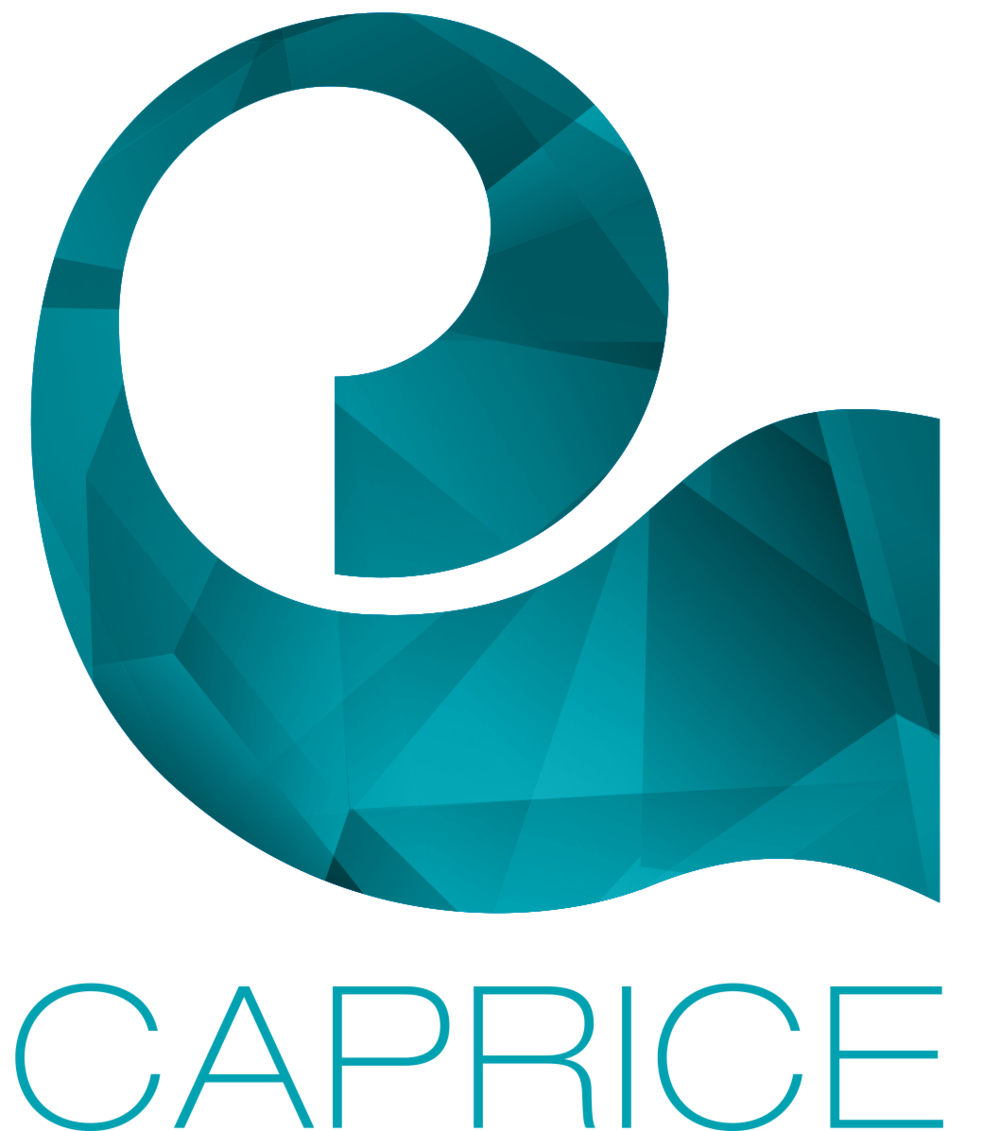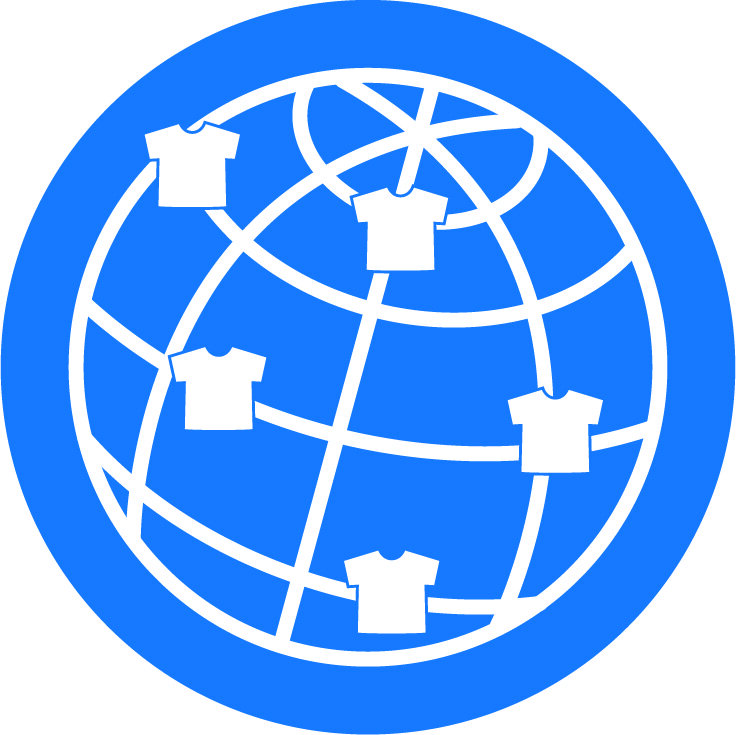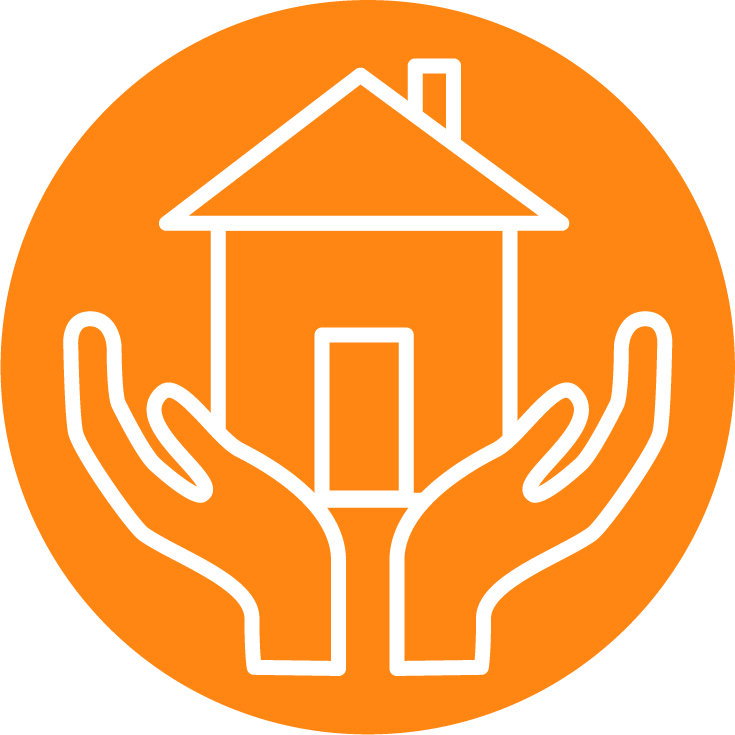Environmental sustainability is a central challenge worldwide and we have our part to play in addressing this challenge.
The Caprice sustainability strategy aims to reduce Caprice’s environmental impacts, both in our operations and the products supplied to the market, while harnessing the new opportunities in sustainable products and sustainable product design.
We have identified five environmental focus areas:
Sustainable design and materials
Sustainable production and factories
Sustainable packaging
Minimising waste
Reducing our greenhouse gas emissions
Sustainable design and materials
Material selection accounts for around 80% of a textile product’s environmental impact. Third party certifications and more sustainable branded fabrics and fibres have emerged and continue to develop and evolve. These allow us to significantly reduce a product’s environmental footprint. By supporting these material offers and certification schemes, we are working with our suppliers to drive demand and support growth of this market.
To improve the sustainability attributes across our entire product range, we launched the Caprice Sustainable Design Guidelines in early 2020. These provide a set of guiding principles focused on circularity (defined by the Ellen MacArthur Foundation as the “principle of designing out waste and pollution, keeping products and materials in use and regenerating natural systems”) and fibre and fabric recommendations, natural, synthetic, and regenerated cellulosic fibres, for our designers to reference while creating new product. By using these guidelines, we embed sustainability into our products from the beginning.
While the sustainable design guidelines embed sustainability within our products, our standard operating procedures for sustainable materials ensure that our claims are traceable and verifiable, giving our customers confidence that the products they are purchasing from us, truly deliver on their sustainable properties.
Progress
DESIGN GUIDELINES
The Caprice Sustainable Design Guidelines were updated in 2023 to better reflect changes that had occurred in design practice and more sustainable fabric selection, since the first iteration. The guidelines were renamed the Caprice Circular Design Principles and training was held with the team to ensure the design team to embed the new guidelines into their practice.
COTTON
Organic Cotton
In 2020, Caprice became certified to two globally recognised best practice chain of custody certifications for organic content. We are audited on an annual basis to ensure we comply.
Certified by CU 1060440
Caprice is certified to the Global Organic Textile Standard. The Global Organic Textile Standard (GOTS) is the worldwide leading textile processing standard for organic fibres, including ecological and social criteria, backed up by independent certification of the entire textile supply chain.
Caprice is certified to the Organic Content Standard. Products certified to the Organic Content Standard contain organically grown content that. has been independently verified at each stage of the supply chain, from farm to finished product.
We partner with our certified suppliers to source certified organic products across, fabrics, apparel, denim, sleep, underwear, babies, home textiles, footwear, worn and carried accessories.
Since becoming certified, we have delivered beautiful organically grown ranges across our own brand and licensed apparel products, organic home textiles, and fabrics by the meter.
AUSTRALIAN COTTON
We have worked with our suppliers and Cotton Australia, Australia’s peak body for the cotton growing industry, to develop and supply apparel, sleep and home textile products using Australian Cotton. Australia is known worldwide as being one of the most water efficient cotton producers and produces high quality long staple cotton. 90% of the cotton farms in Australia are family owned and as a family run business ourselves, we are proud to support their work.
Our use of Australian Cotton has grown significantly during 2023 / 2024 and we will continue to partner with our suppliers to bring this beautiful, high quality fibre to market.
RECYCLED POLYESTER AND OTHER RECYCLED MATERIALS
In 2023, Caprice became certified to the globally recognised best practice chain of custody certifications for recycled content. We are audited on an annual basis to ensure we comply with the standard. Combined with sourcing branded recycled fibres, this allows us to work with our supplier base to transition our synthetic fibres to recycled sources.
Caprice is certified to the Global Recycled Content Standard, certified by Control Union, 1060440. Products certified to the Global Recycled Standard (GRS) contain recycled content that has been independently verified at each stage of the supply chain, from the recycler to the final product. In addition, facilities from the recycler to final supplier have met social, environmental, and chemical requirements.
We have successfully transitioned the polyester* in our Mambo branded swimwear ranges to REPREVE® post-consumer recycled polyester. *
Mambo outerwear has transitioned to certified recycled polyester where polyester is required, while investigating ways to reduce our polyester use moving forward. *We offer a range of swim and apparel products in our licensed brands using REPREVE® post-consumer recycled polyester and third party certified post-consumer recycled polyester, as well as home textiles. *
REPREVE® is a trademark of Unifi,Inc.
*(excluding lining, accessories and all functional trims, e.g. zips, and decorative details, e.g. lace or ribbons.)
Caprice work with certified suppliers to develop and supply apparel, footwear and bags with recycled content. The materials we are currently sourcing include post and pre consumer recycled polyester and pre-consumer recycled ethylene vinyl acetate and polyvinylchloride. These have been used in a variety of apparel, footwear and bag styles. By using recycled materials, we are reducing the need for virgin materials in our supply chain and supporting a transition to a circular economy.
WOOD, PAPER, PULP AND CELLULOSI FIBRES
We use the Caprice Illegal Logging policy to ensure that we are doing our bit to reduce the risk of illegally logged wood, paper and pulp ending up in our products.
Cellulosic fibres are used in a small number of Caprice products and we preference suppliers listed as green shirt on the Canopy Hot Button Report.
Mambo is the largest user of cellulosic fibres at Caprice and for all 100% viscose products we have successfully transitioned to LENZING™ ECOVERO™ - the eco-responsible viscose fibre, which is derived from certified and controlled wood sources and produced with significantly lower fossil fuel energy use and water than generic viscose.
ANIMAL WELFARE
In 2020 we released our Animal Welfare Policy formalising our commitment to the humane treatment of animals within our supply chain.
Sustainable production and factories
We choose to work with partners who share our vision to create great products for our customers, without costing the earth, including many who belong to reputable 3rd party programs, like Oeko-tex 100.
We are reducing the use of chemicals within our value chain, for the benefit of our end use customers and the communities and environments where our products are made. We have introduced an updated chemicals policy which sets out our requirements regarding the use of restricted and prohibited substances. Please see our policy here.
Progress
In 2021 we updated our Chemicals Policy in line with our retailers and international best practice.
The Caprice Transparency Policy was also launched in 2021 paving the way for better information sharing between Caprice and our suppliers as we move through the process of developing and implementing a sustainable factories program.
We have worked with our supplier base to become certified to relevant 3rd party certifications so we can continue to work and grow with our them, as we transition our sourcing to more sustainable sources.
Sustainable Packaging
We recognise that our product packaging at the store level and throughout our value chain has an environmental impact. We have developed sustainable packaging guidelines and strategies to reduce our environmental impact along the way to delivering our high-quality products to customers.
Caprice are a signatory to the Australian Packaging Covenant (APCO). As signatories, we have committed that all our packaging will be 100% reusable, recyclable or compostable by 2025. Please click here to access our 2024 Annual Report and Action Plan.
With these commitments, we are ensuring less waste to landfill, sustainable timber sourcing practices and more sustainable packaging on all our product lines.
Progress
Our internal teams and our suppliers continue to work towards meeting our 2025 Packaging Targets
We have trained our internal teams and supplier partners on how to use the APCO Sustainable Design Guidelines (SPG’s), Caprice Quick Tips and Packaging Materials Matrix and Caprice Sustainable Packaging: tips to remove problematic materials guide. We run regular packaging workshops and information sessions to ensure the teams are informed and inspired to keep working towards our goals.
We run a yearly survey of our supplier partners to gauge our progress and get a better understanding of our packaging footprint. We can happily report that all of our manchester products have moved out of their PVC bags and into LDPE or self-fabric bags and our suppliers are working with packaging suppliers that are certified to leading responsible forestry and recycled content standards. We have also increased our use of cardboard hangers, especially in the footwear department, reducing our reliance on plastics.
We continue to add the Australasian Recycling Label to more of our products to support better consumer information and cleaner recycling streams.
Minimising waste
While supply chain materials and manufacturing operations account for the most significant share of our environmental impact, Caprice does not discount the effect that our internal operations can have. We continue to track and monitor our direct waste output and implement new strategies to reduce it.
Progress
In 2021 we conducted a waste audit at our Melbourne head office and warehouse and our Wuxi, China office. We found that in total across all three sights, 67% of our waste was sent for recycling with 33% sent to landfill. In 2022, we had reduced waste to landfill to 20%, with 80% of waste diverted from landfill into recycling streams.
In 2021, we introduced battery, printer cartridge and soft plastics recycling to our Melbourne head office. With our soft plastics alone, in 2022, we diverted 513kgs of waste from landfill. Our soft plastics were recycled and made into building film, keeping the materials in use, and supporting the circular economy.
In 2022, we implemented permanent textile recycling bins in the office, for fabric scraps, cut samples, single shoes and strike offs. This allowed us to divert another 250kgs of material away from landfill. We ensure that only products that are no longer useable in their intended form are sent to Upparel to recycle, keeping useful products in use as long as possible.
We will continue to assess and monitor our direct waste and work on new initiatives to help divert more of our waste from landfill.
Reducing our greenhouse gas emissions
We continue to work on a strategy to formalise our commitment to reducing our greenhouse gas emissions.
Progress
We choose to power our Australian offices with Momentum Energy, which is Australian owned and operated. Their parent company, Hydro Tasmania, is the largest and oldest renewable energy generator in Australia and we are proud to do business with them.









